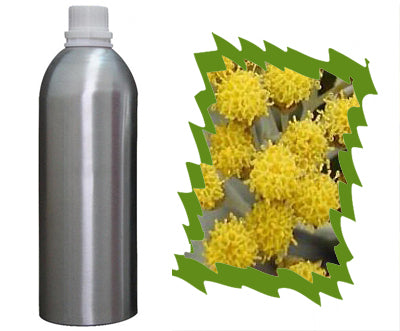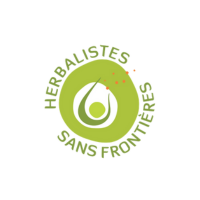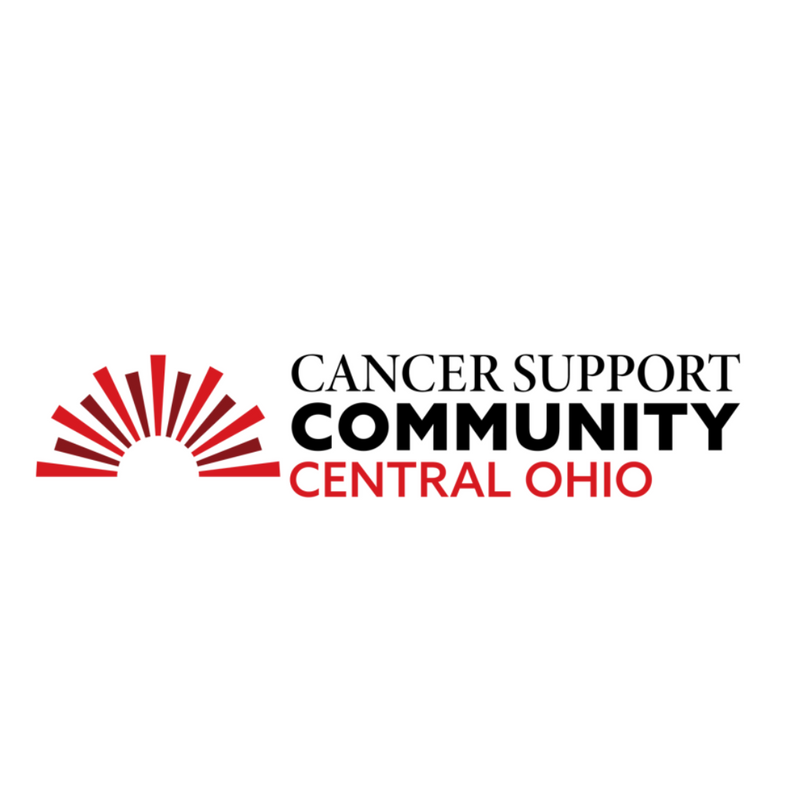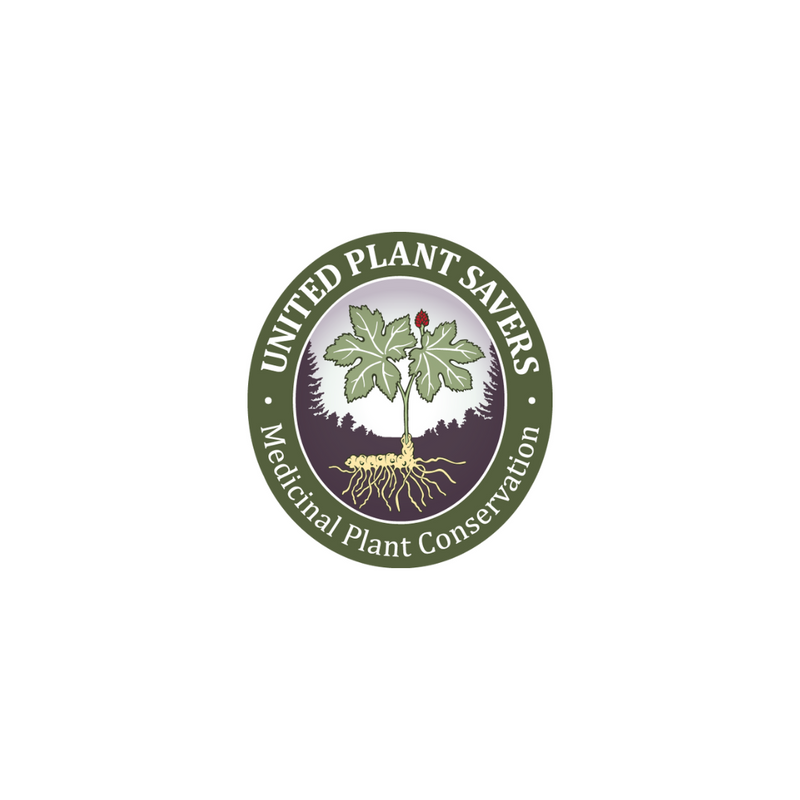
Essential Oil Safety, Part Three
Share
In part one of this blog series, we talked about some of the problems in essential oil advertising and marketing- and who perpetuates this problem (MLM companies like DoTerra and Young Living, among others) online and through miseducation of their sales reps.
In EO Safety Part Two, we also talked about the only safe ways to use essential oils- inhalation (in myriad ways) and DILUTED topical application (in myriad ways). No other method is safe or advisable (especially for laypeople without the case management of a certified aromatherapist or herbalist).
In this part of EO Safety, we are gong to say yes! Yes to brands that meet a certain criteria, which we will define. This brand list is by no means exhaustive- so doing your own research following the criteria will help you find other reputable brands as well. This is an example of safety labeling on a tiny bottle. It's for one of our diffusing blends.
This is an example of safety labeling on a tiny bottle. It's for one of our diffusing blends.
What should you look for?
Labeling and information on the product itself and website:
1. Botanical name of the plant as well as common name.
2. Part of the plant used to make the EO.
3. Country of origin.
4. Method of extraction.
5. Safety information.
1. Botanical name of the plant as well as common name.
Many people do not realize that all Lemon (for example) EOs are the same. Are you getting citrus x lemon or citrus x limonum? Which Chamomile has the constituents that you desire? Matricaria chamomilla or Chamaemelum nobile? Botanical names are specific, whereas common names can often mislead.
2. Part of the plant used to make the EO.
Clove leaf is very different in properties than Clove bud. Clove leaf is a while lot cheaper to produce than Clove bud, but it is not the same therapeutically.
3. Country of origin.
An EO is only as high quality as the plants it comes from. A company should have a relationship to the growers, not simply ask a mass distillery to blend Lavender from all over the world. Companies like DoTerra only have a relationship to distilleries, not the land (and its stewardship). You cannot guarantee organic or ethically wildcrafted status this way- and samples tested have shown both endangered species trafficking and pesticide residue in mislabeled product. Further, Australian Sandalwood is not endangered, but Indian Sandalwood is.
4. Method of extraction.
Steam Distillation is the standard, but there are still tons of oils out there that use solvents or cold pressing. Your company should disclose on every bottle the way the oil was obtained. Pressed citrus oils are phytotoxic, but steam distilled ones are not. Solvents leave trace residues of carcinogens and endocrine disruptors- but not CO2 extracts or steam distilled EOs. (Tip: All "absolutes" are solvent extracted.)
5. Safety information.
If a company cares about wellness and health, they will disclose to you proper dilution techniques, advise against ingestion, and label whether an oil is kid safe, pregnancy safe, etc.  So using this criteria, here is a short list of companies that Haven likes! These are not endorsements, nor do we get any perks for listing them here. We just know that they fit all the criteria above.
So using this criteria, here is a short list of companies that Haven likes! These are not endorsements, nor do we get any perks for listing them here. We just know that they fit all the criteria above.
Plant Therapy
Tisserand
Oshadhi
Floracopeia
Mountain Rose
(and of course, Haven Herbs' blends)
Part One of this blog series talked about EO safety myths and who perpetuates them.
Part Two of this blog series talked about the safe way to use EOs.
Part Three talks about how to select a good brand of EO, just by looking at packaging, websites, and marketing.




